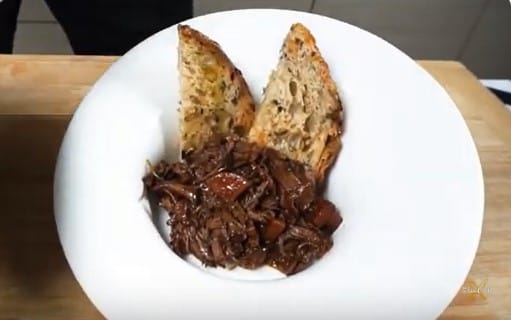
Origins of Stracotto Fiorentino
Stracotto Fiorentino is a traditional dish from Tuscan cuisine, rich in flavor and history. As the name suggests, it’s a dish made with meat cooked slowly over several hours until it becomes extremely tender and infused with the flavors of wine and the aromatics used in its preparation.
Historical Origins
The origins of Stracotto Fiorentino date back to the Middle Ages when Tuscan cuisine revolved around simple but flavorful dishes based on local ingredients. This dish was a way to use less prized cuts of meat, making them delicious through long cooking and the use of wine, often red, produced in the vineyards of Tuscany.
Cultural Significance
Stracotto was particularly appreciated by peasant families and later became a symbol of Tuscan tradition, served during festivities or on special occasions. It also reflects the importance of wine in the region’s culinary culture, not only as a beverage but also as a fundamental cooking ingredient.
Traditional Preparation
The original recipe calls for beef or veal, marinated in red wine with spices (such as pepper, nutmeg, and cinnamon) and aromatics (like onion, garlic, and carrot). The meat is then slowly cooked in a sauce enriched with tomato or broth. The long cooking process allows the flavors to meld together, making the meat incredibly tender.
Influence and Spread
Over time, Stracotto Fiorentino has become a typical dish not only of Florence but also of other parts of Tuscany, with variations reflecting local traditions. It remains a symbol of homemade cooking, celebrated in traditional trattorias and restaurants.


